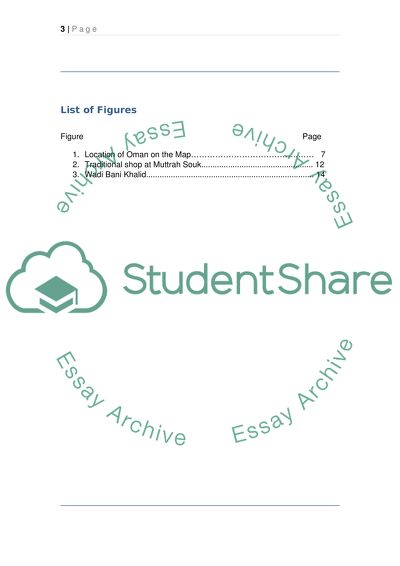Cite this document
(“Comparing two visitors attraction which is based in Sultanate of Essay”, n.d.)
Retrieved from https://studentshare.org/tourism/1393916-comparing-two-visitors-attraction-which-is-based
Retrieved from https://studentshare.org/tourism/1393916-comparing-two-visitors-attraction-which-is-based
(Comparing Two Visitors Attraction Which Is Based in Sultanate of Essay)
https://studentshare.org/tourism/1393916-comparing-two-visitors-attraction-which-is-based.
https://studentshare.org/tourism/1393916-comparing-two-visitors-attraction-which-is-based.
“Comparing Two Visitors Attraction Which Is Based in Sultanate of Essay”, n.d. https://studentshare.org/tourism/1393916-comparing-two-visitors-attraction-which-is-based.


